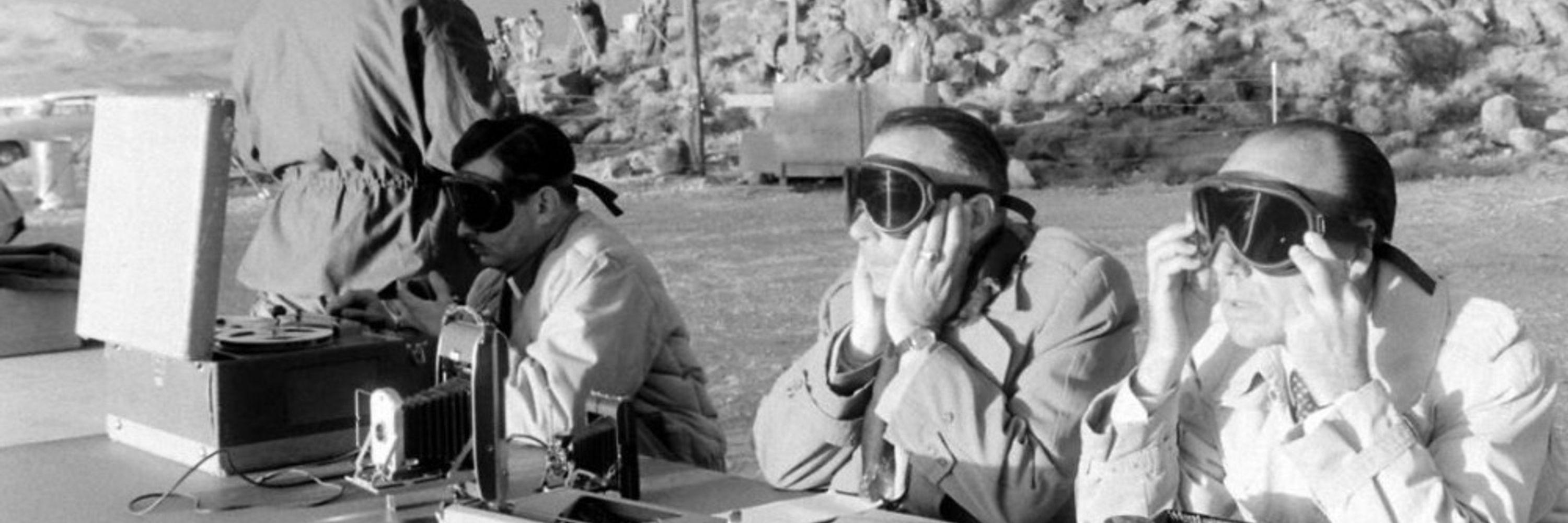
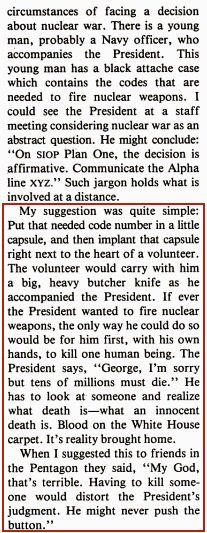
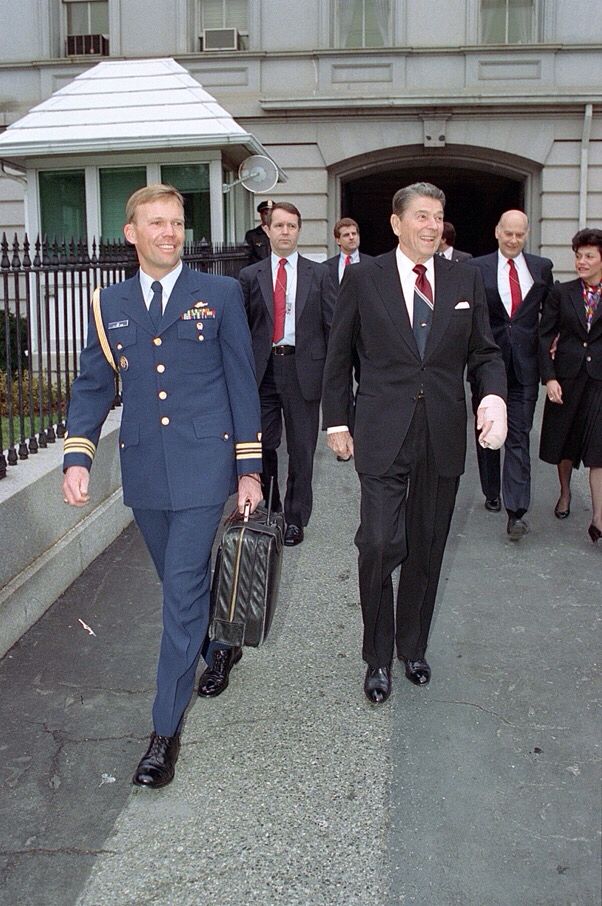







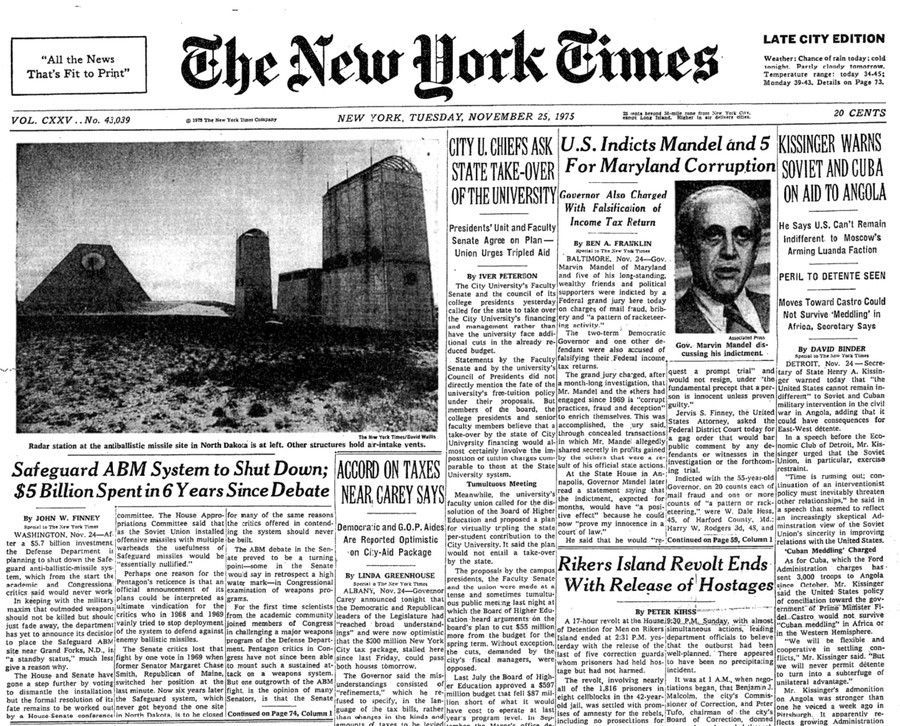

— George Orwell, 1984
— George Orwell, 1984

In less than four years, Donald Trump and his unilateralist wrecking crew abandoned the …
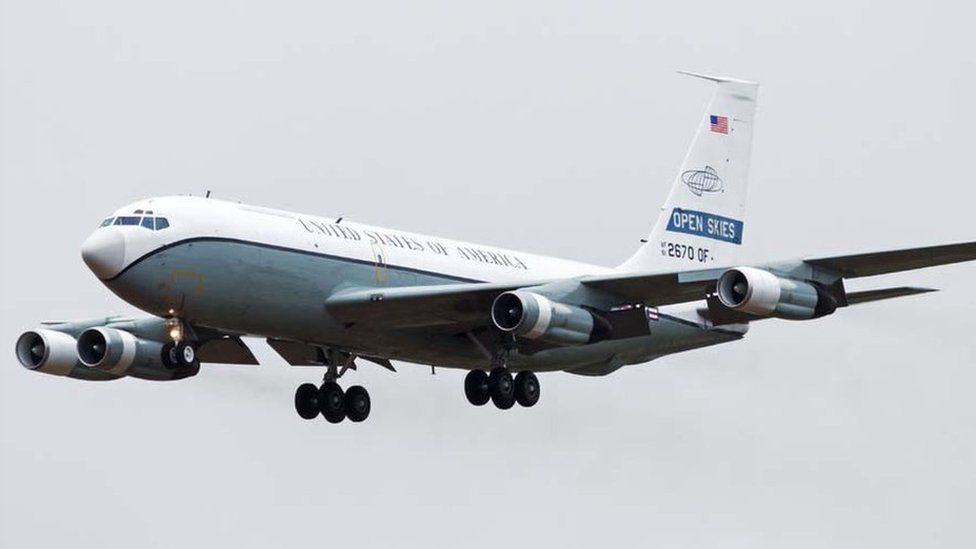

In less than four years, Donald Trump and his unilateralist wrecking crew abandoned the …


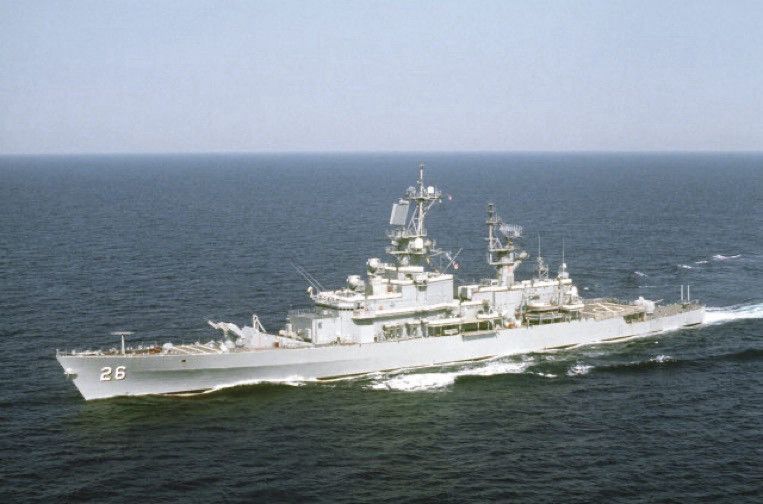









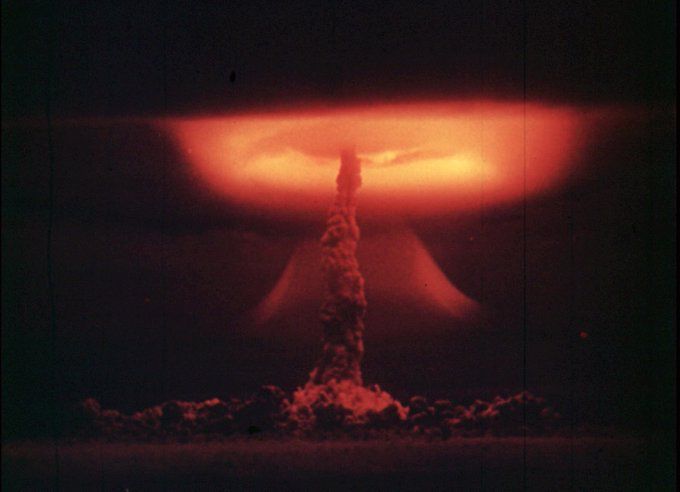
‘We don’t deserve the trust of the nation if we’re unclear about the divisiveness of swastikas,’ the official said, speaking on the condition of anonymity due to a fear of reprisal.”
wapo.st/3Mbd9a6

‘We don’t deserve the trust of the nation if we’re unclear about the divisiveness of swastikas,’ the official said, speaking on the condition of anonymity due to a fear of reprisal.”


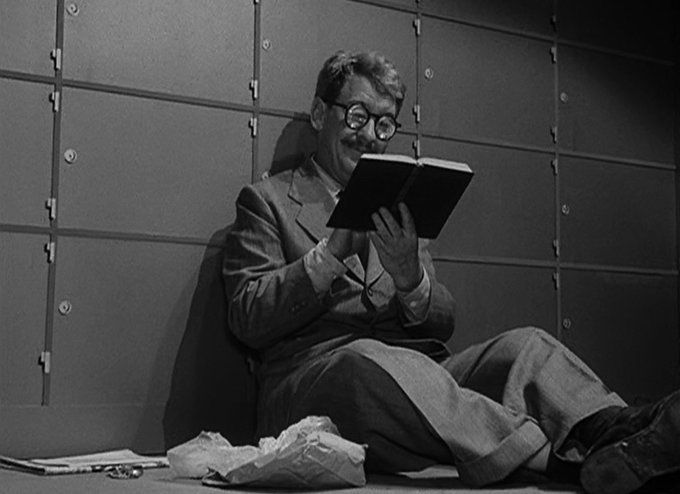


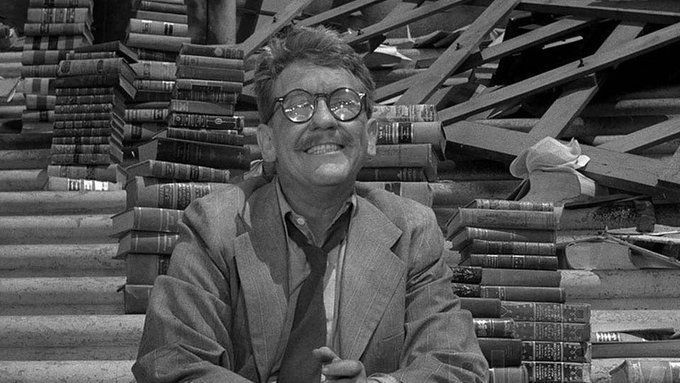

![Screenshot of the linked Telegraph (London) article published on November 17, 2025, and headlined "George W. Bush 'prepared nuclear weapons after 9/11.'" A subheadline reads, "'Panicked' phone calls warned UK that US was ready to fire missiles immediately after 2001 terror attack."
An excerpt:
"George W Bush’s government made preparations to launch nuclear weapons after the 9/11 terror attack, a former British defence chief has revealed.
In the chaotic minutes that followed the 2001 al-Qaeda attack, panicked calls were received at Britain’s Northwood naval headquarters in Hertfordshire, warning that America was moving to 'immediate readiness for nuclear weapon release.'
Vladimir Putin, fearful of a strike against Moscow, was also demanding answers from Washington over the scrambling of its nuclear forces, amid a short communications blackout following the attack.
Admiral Lord Alan West, who at the time was the commander-in-chief of the fleet based at Northwood and was a key figure in Britain’s nuclear response, has now revealed that he ordered troops to 'do nothing' amid the simmering tensions.
He said: 'I remember getting a phone call from our nuclear firing cell, the guys who finally – when all the codes go – press the buttons, and they said, unbelievably, on my red phone [linking to the UK deterrent]: ‘Sir... the Americans are starting to move to immediate readiness for nuclear weapon release in all three systems’.
'That’s strategic air, intercontinental ballistic missiles and subsurface. ‘What do you want me to do?’ I said: ‘Don’t do anything.’
The situation eventually calmed down after Condoleezza Rice, the US national security adviser at the time, spoke to Moscow. ..."](https://cdn.bsky.app/img/feed_thumbnail/plain/did:plc:iwbebt5r65c67xl5vy5iviwj/bafkreifghkm563gvsqwkcmtg6y7x2bxasnzxsifp3vuuxb7sf6ylwoskem@jpeg)






